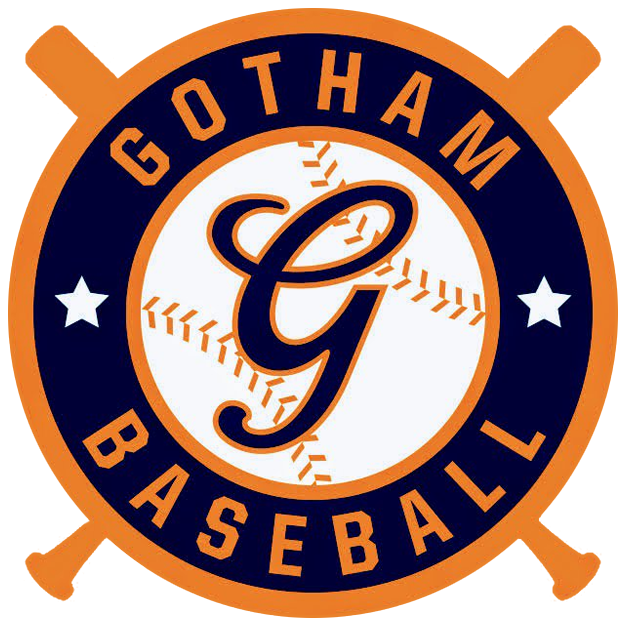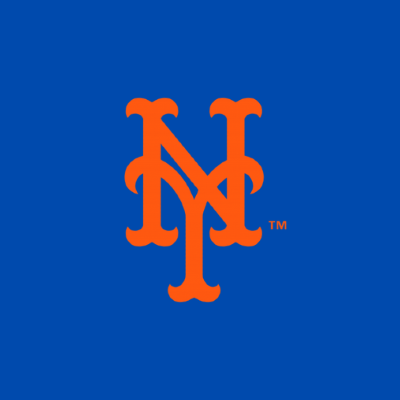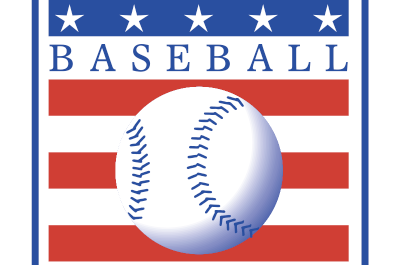Baseball’s new approach to lineup construction has altered the way teams value player characteristics. Still, the Mets have a glaring hole in their lineup and no plans to fix it.
Last year, the second spot in the lineup became the most productive spot in the order for the first time in baseball history. For over a century, teams typically placed their best hitters in the third or fourth (aka “cleanup”) spot in the batting order. As statistical analysis has advanced this century the philosophy around the value of these spots has changed as well. Over the last decade or so, a greater emphasis has been put around putting the best OBP hitter at the top of the lineup, and then the presumed most productive hitter behind him. To put this in Mets terms, the 1986 Mets featured Lenny Dykstra and Wally Backman in the top two spots, while the current Mets have mostly been using Brandon Nimmo and Francisco Lindor at the top.
This is not specific to the Mets either. Yesterday’s games around the majors were full of two-place hitters who would typically have been batting cleanup years ago. Players like Juan Soto, Vladimir Guerrero Jr., Yordan Alvarez, and Corey Seager seem like classic middle-of-the-lineup hitters, and they all batted in the second slot.
Still, after the first three series of the season, the Mets offensive shortcomings have exposed a glaring omission from their lineup – a classic #3 hitter. Right now, the top three batters in the Mets lineup are 13 for their first 134 at-bats of the season. That’s a .126 batting average. Even though the value of the batting average statistic has gone down in recent years, a .126 average still means that these players aren’t hitting. Beyond the stats though, it’s quite obvious that this lineup is lacking the classic #3 hitter – the one who knew how to hit, not just how to slug. The closest the Mets have had to this in the last dozen years is Jeff McNeil, who is only a couple seasons removed from when he led the majors in batting average. However, his average, and really his production as a whole, took a precipitous drop last year which seems to have taken his spot in the batting order with it.
In a week or so, the Mets will add J.D. Martinez to their lineup. From 2014-2019, he could be counted on to bat over .300. During that time, he generally had an OPS above .900 (sometimes way above that number). However, that was a long time ago. He will likely be a fine addition to this lineup when he gets here. Even so, he won’t be able to provide everything this team’s offense needs.
When the Mets acquired Francisco Lindor a few years ago, I thought he would be the answer. He’s not. This is not a knock on Lindor. He was a 30-30 player, and when he’s on he can carry this team. Despite his dreadful start to this season, there’s every reason to expect that he’ll get on a roll at some point and provide his usual production. And the Mets will be better off for it. And still, he won’t be the player I’m thinking of.
This isn’t a call for the Mets management to make a move, either. Big-time transactions generally don’t get made at this point in the season anyway. Besides, since this relatively new approach is sport-wide, the classic Keith Hernandez/Don Mattingly type player is slowly going extinct. The only player I can think of that really fits that mold is Freddie Freeman, and there just aren’t that many of him around. That said, just because the old school way of constructing a team is not popular anymore doesn’t necessarily make it automatically wrong.
Instead, this is a call for the Mets management to pay attention to the actual players they have and construct their lineup accordingly. Even though they say the team’s best hitter should be batting second, and Lindor is essentially the Mets best hitter, doesn’t mean he’s right for that spot.
During Buck Showalter’s tenure, the Mets rolled out a different lineup almost every night. So far this year, Carlos Mendoza has been a little more consistent. To me, that’s all the more reason for the team to re-examine how they’re doing things. If these players were in the right spots and were just slumping, then it would make sense to keep the status quo and have them play through it until they righted the ship. The way this current lineup is put together is not taking advantage of what these players bring to the table, and because of that the ship has been sinking for over a week now.
There are some in baseball who don’t think the lineup impacts the results much at all. I’m sure there are ways of presenting numbers to back up that point. Still, to the fans watching the games, watching the Mets struggle to get runners on base, then when they finally do, watching the offense fail to bring them in, there’s something very much missing from this equation. And if they can’t find a difference-maker from outside the organization right now, then perhaps re-thinking the batting order strategy will produce better results.


